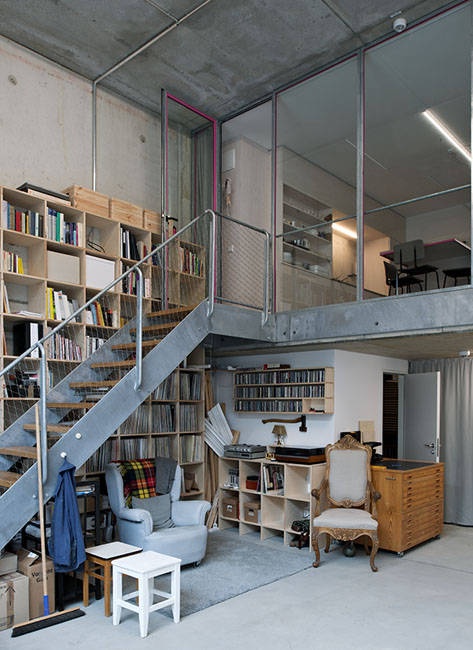Project Documentation House Work City
Abstract
This edition of DASH documents ten projects that, on the scale of the urban block, explore the ways in which workhome combinations contribute to urban design, architecture and programming. Historical examples in Coventry, London, Kyoto, Paris and Amsterdam as well as more recent projects in Basel, again Paris, Maastricht, Rotterdam and (a brand new one in) Berlin, in both growing and planned cities, offer relevant leads. The drawing method used in the project analyses focuses on three design themes: the representation of the mixed programme, the collective domain and the accessibility from the public realm (the area between the street and the front door), and finally how living and working are interwoven on the scale of both the urban block and the dwelling.
The way the ten documented projects manifest in the urban fabric is unusual because of the added work programme. In this context, we primarily focus on the mixed programme’s representation and recognizability towards the city as well as – if the project is part of a larger urban block – on its representation within the created enclave (the collective domain). This representation is presented in a full-page isometric projection of the ensemble in its urban context. Projects that refer to the scale and façade composition of factories include Cash’s One Hundred Cottage Factory, where a continuous strip of windows represents a factory hall, WoonWerkPand Tetterode, a transformed former letter-foundry and Schiecentrale 4b, with its impressive, tight-gridded glass façade. Other projects take their representation from the logic of the workshop or atelier. The Pullens Estate is made up of small work-yards with small-scale workshops and IBeB: Integratives Bauprojekt am ehemaligen Blumengroßmarkt is interwoven with the ground level in cross section: double-high basement ateliers are accessed via footbridges and topped by north-facing atelier apartments with workspaces on the ground floor. Yet other projects make use of the neutral aesthetics of the office, such as Piazza Céramique. In this context the collage comprising Wohnhäuser St. Alban-Tal is exceptional because in it, the representation of living and working (the two are never linked) has an ambiguous character.



